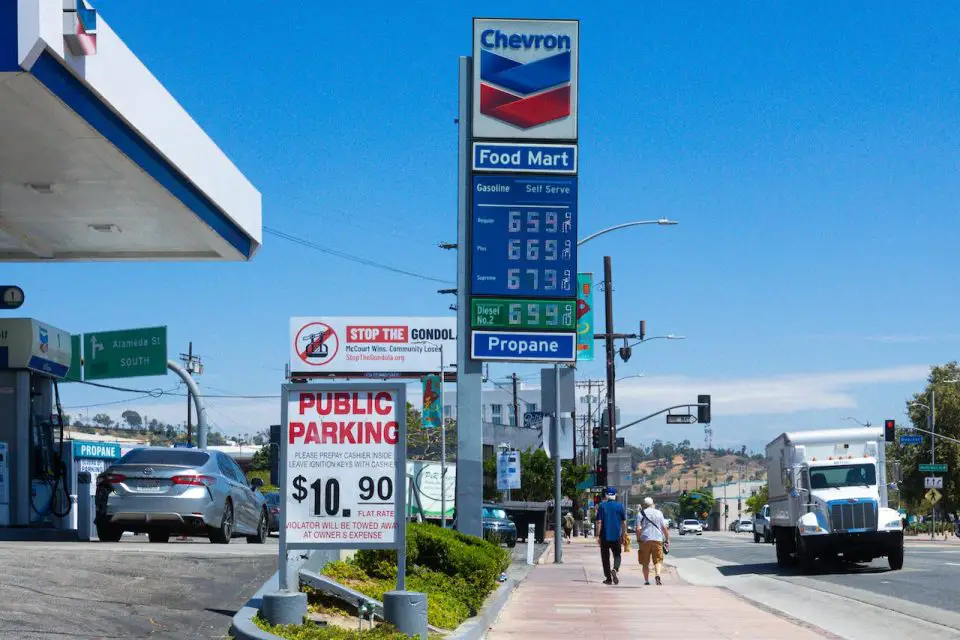Exxon Mobil Corp and Chevron Corp, two of the world’s largest oil companies, have reported disappointing third-quarter profits, falling short of market expectations on a per-share basis. Exxon’s earnings were 9 cents below forecasts, while Chevron’s miss was more significant at 66 cents.
In spite of the earnings setback, Exxon announced an increase in investor payouts to 95 cents per share, payable on December 11, surpassing the Bloomberg Dividend Forecast by a penny. The companies cited specific challenges for their lower-than-anticipated profits. Exxon pointed to an oversupply of chemicals on the international market, a consequence of new production plants. Meanwhile, Chevron attributed its lower profits to losses incurred in overseas refining operations.
Chevron’s overseas refining division underperformed, delivering approximately half of the net income analysts had projected. Additionally, costs associated with Chevron’s massive Tengiz project in Kazakhstan rose by around 4%.
Despite these economic setbacks, both Exxon Mobil and Chevron are aggressively pursuing costly acquisitions in a bid to expand their oil-production capacities. Exxon recently inked a $60 billion deal to acquire the shale giant Pioneer Natural Resources Co., while Chevron made a $53 billion offer for Hess Corp. These moves underline the companies’ determination to assert themselves in the competitive oil industry.
Exxon anticipates highly favorable outcomes from the Pioneer deal in the long term, citing a strategic alignment and substantial potential synergies between the entities. While Exxon’s cash flow more than doubled from the preceding quarter to an impressive $11.7 billion, significantly exceeding the estimated $9.36 billion, Chevron’s CEO, Mike Wirth, sought to reassure investors about the high purchase cost for Hess. Wirth promised greater dividends and buybacks to offset concerns.
Looking ahead, both companies are optimistic that their substantial investments will yield substantial returns, although the realization of these gains may be a prolonged process. Presently, it appears that both Exxon and Chevron have ventured into a high-risk arena, and the industry will be watching closely to see how these decisions play out over time.
Source: Bloomberg

